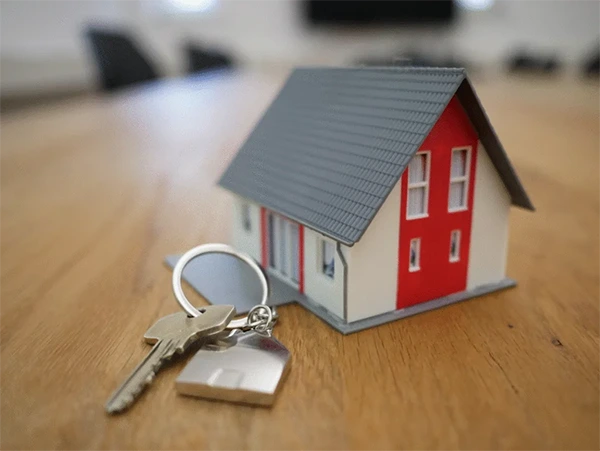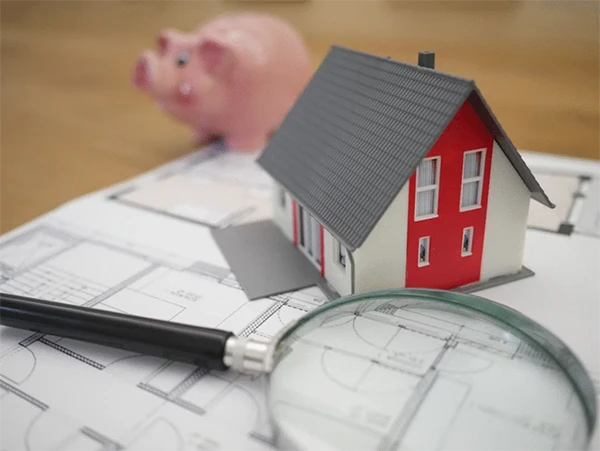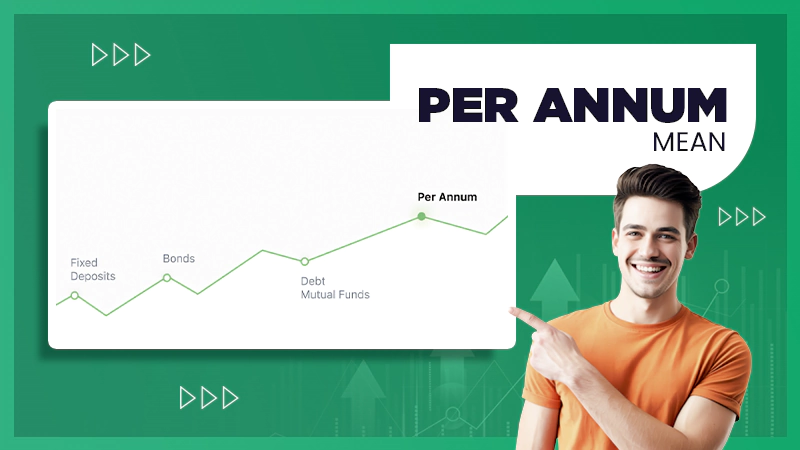ROI (return on investment) is a metric used to measure the profitability of an investment by considering profit and loss.
Want to invest in property and are confused between cash flow models, ROI, and cap rates? You are not alone. Many beginner investors invest in properties out of their excitement without evaluating the market and exploring the core terms. Later on, they realize that they could make a better deal.
You might think, What do experienced and smart investors do? They chase numbers, explore evaluators such as Return on Investment, cap rates, and cash flow models. Each of these has its own different role in increasing profitability and sustainability.
Curious about what smart investors do? Go through this post that shares how to evaluate a property’s investment viability, including return on investment, cap rates, and cash flow models.
Key Takeaways
- Return on investment helps property investors compare profitability between properties.
- Cap rates show how a property returns compile in the market.
- A perfect investment is the blend of profit, long-term growth, and sustainability.
- Local investment advisors can help you to make an invaluable payment.

Working With A Local Real Estate Agency
Partnering with a local real estate agency is one of the most effective ways to assess property viability. Local agencies can help investors make an effective deal by handling transactions and providing crucial market intelligence, such as average rental yields, neighborhood vacancy rates, and long-term appreciation forecasts.
For example, data from Portland’s Bureau of Planning and Sustainability shows that multifamily demand has been rising steadily in inner-eastside neighborhoods, while suburban areas have shown slower rent growth. A real estate agency can help investors weigh these differences against acquisition costs.
Agencies also prepare comparative market analyses (CMAs) that show verifiable data on recent sales and rentals in the area. For investors considering a duplex in Sellwood or a multifamily building in the Pearl District, this information helps set realistic expectations for income potential. Many Portland agencies also offer pro-formas—detailed financial breakdowns of income, expenses, and projected cash flow.
This ensures that investors are evaluating properties based on verifiable, localized data rather than broad assumptions. In a competitive housing market, this local expertise can mean the difference between buying a sustainable income-producing property and overpaying for an underperforming asset.
Calculating Return On Investment (ROI)
ROI is the easiest and most common tool for identifying whether a property makes financial sense. It measures profit relative to total investment and is expressed as a percentage.
Take an example: an investor buys a small rental property in Portland for $400,000, spends $50,000 on upgrades, and rents it for $3,000 per month. That’s $36,000 annually in gross rent. If operating expenses (taxes, insurance, maintenance, management) total $20,000 annually, net profit comes to $16,000. Dividing $16,000 by the $450,000 total investment gives an ROI of about 3.5%.
While modest, ROI is useful for quick comparisons between potential purchases. Investors look for ROIs of 6–8% for stable rentals, though these benchmarks change by region and property type. Portland’s urban multifamily properties often deliver lower ROI than suburban single-family rentals because of higher acquisition costs. However, those same multifamily units may offer better long-term appreciation potential, showing why ROI should be only one part of the evaluation.

Understanding Capitalization Rates (CAP Rates)
Cap rates provide a more market-focused measure of profitability by relating a property’s net operating income (NOI) to its purchase price.
Suppose a Portland apartment building generates $120,000 NOI annually and is valued at $2 million. Its cap rate is 6%. For investors, this number helps show whether the property is priced competitively and how it compares with similar assets.
Across major U.S. metros, cap rates for multifamily buildings usually fall between 4–7%. In Portland, Class A downtown apartments often sell at cap rates around 4–5% due to high demand and lower risk. By contrast, smaller or older properties in East Portland may trade closer to 6–7%, reflecting greater risk but also higher potential return. A higher cap rate indicates stronger immediate yield but often more volatility, while a lower cap rate signals stability but potentially reduced cash flow. For investors deciding between markets or property types, cap rates provide a clear, comparable benchmark.
Interesting Fact
Almost 70% of the property investors are dependent on cap rates and cash flow data to make profitable decisions.
Using Cash Flow Models For Long-Term Forecasting
Cash flow is the lifeblood of property investment. A property may have a high ROI or strong cap rate, but without positive cash flow, it risks draining resources instead of creating wealth. A cash flow model calculates how much money is left after covering all expenses—mortgage, insurance, taxes, repairs, and management.
Consider a four-unit building in Northeast Portland where each unit rents for $1,800 per month. That generates $86,400 annually. With $40,000 in expenses and $35,000 in annual mortgage payments, the property nets $11,400 in positive cash flow. This surplus can be reinvested into maintenance, saved as reserves, or applied toward new acquisitions.
Cash flow models also allow investors to forecast outcomes over 5–10 years, accounting for rent growth, expense inflation, and refinancing scenarios. For instance, raising annual rent by just 3% in a high-demand neighborhood can substantially increase long-term returns. Stress-testing these models by adjusting assumptions—such as increasing vacancy rates from 5% to 10%—shows how resilient the investment is in downturns. This makes cash flow models one of the most practical tools for ensuring long-term viability.
Combining ROI, CAP Rates, And Cash Flow For Smarter Decisions
No single metric gives the full picture. ROI, cap rates, and cash flow models must be integrated to evaluate whether a property is truly viable. ROI measures total profitability, cap rates provide a market-relative benchmark, and cash flow confirms real-time sustainability.
Take two hypothetical Portland investment examples:
A Pearl District condo shows a 5% cap rate and strong long-term appreciation but delivers only modest cash flow due to high HOA fees and mortgage costs.
A duplex in East Portland generates steady positive cash flow with a higher ROI but comes with slightly higher tenant turnover and maintenance risks.
Neither metric alone defines the better investment. Instead, the choice depends on investor goals: stable monthly income, long-term appreciation, or balanced growth. By combining these three financial tools—and relying on accurate, localized insights from a Portland real estate agency—investors can build portfolios that not only look profitable on paper but also deliver sustainable, real-world returns.

End Note
Evaluating property investment is not about averages—it’s about understanding the market well, by using investment tools. ROI provides a snapshot of profitability, cap rates establish a comparative benchmark, and cash flow models ensure sustainable day-to-day operations. Together, they reveal whether a property will genuinely strengthen an investment portfolio.
In dynamic markets like Portland, where neighborhood growth and housing demand vary significantly, working with a trusted real estate agency ensures decisions are based on verifiable data, not assumptions. The investors who thrive are those who blend local market knowledge with objective financial analysis, turning opportunities into sustainable, long-term wealth.







